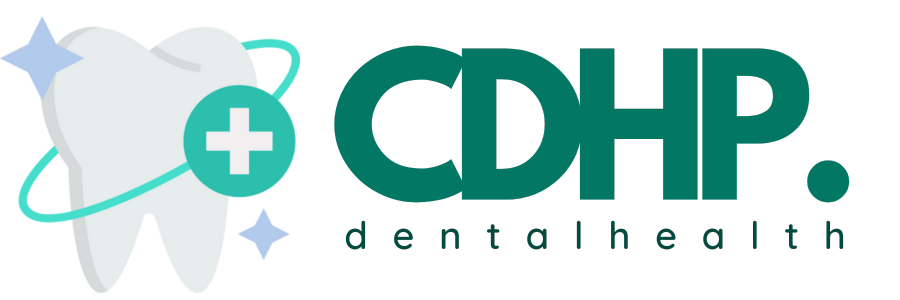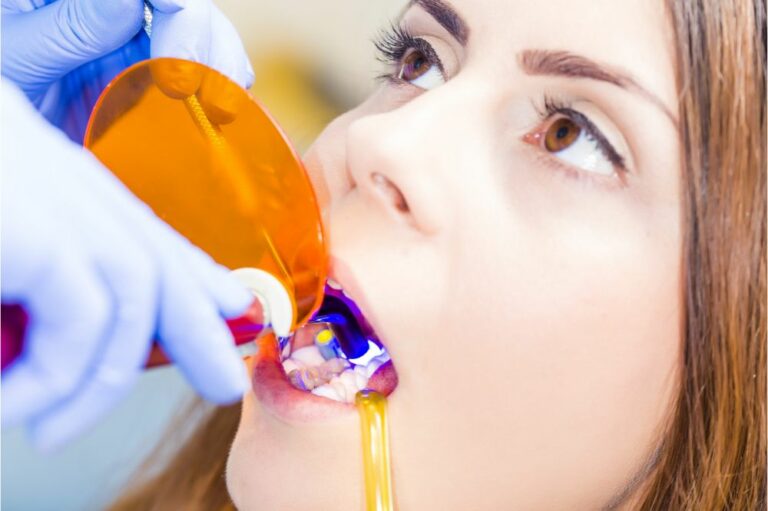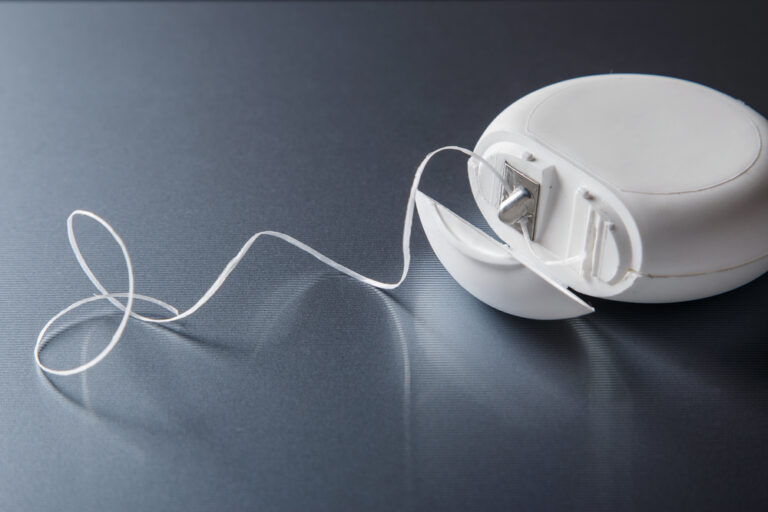What are baby teeth and why are they important?
Baby teeth, also known as primary, deciduous, or milk teeth, are a child’s first set of teeth. Babies are born toothless but begin developing these “starter” teeth in the womb.
Primary teeth play crucial roles in a child’s development and oral health:
- Eating: Teeth are vital for biting, chewing, and grinding food as babies transition to solid foods.
- Speech: Teeth allow children to form sounds and words properly.
- Smile: Those adorable baby grins warm everyone’s heart!
- Space holding: Primary teeth hold needed space in the jaws for permanent teeth to erupt properly.
- Development: Chewing promotes jaw and facial muscle development as they learn to use their mouths.
- Overall health: Cavities and dental problems can negatively impact a child’s nutrition and growth.
Primary teeth may not be permanent, but they pave the way for future smiles. Caring for them properly establishes lifelong healthy habits.
How many primary teeth are there?
Children have 20 primary teeth, also known as “baby teeth”, that eventually fall out. This set includes:
- 8 incisors (4 upper, 4 lower) - the front cutting teeth.
- 4 canines (2 upper, 2 lower) - pointed teeth on either side of incisors.
- 8 molars (4 upper, 4 lower) - broad, flat teeth towards the back of the mouth ideal for grinding.
These 20 teeth are replaced by 32 permanent adult teeth between ages 6-12 years. The last baby molars don’t fall out until around age 12.
What’s the typical baby teeth eruption timeline?
While each child has their own biological clock, primary teeth generally emerge in a predictable sequence between 6-30 months old.
6-10 months
- The two bottom central incisors push through first between 6-10 months old. These are the two bottom front teeth.
8-12 months
- Next, between 8-12 months, the four upper incisors (central and lateral) erupt in pairs.
- Then the two lower lateral incisors emerge.
9-13 months
- Around 9-13 months, the first molars break through. The lower first molars precede the upper first molars.
14-18 months
- Somewhere between 14-18 months, the upper and lower canines (eye teeth) begin to poke through beside the lateral incisors.
16-22 months
- The lower second molars come in around 16-22 months.
17-25 months
- Finally, between 17-25 months, the upper second molars erupt, completing the set of 20 primary teeth.
This timeline provides average ranges, but some children teethe earlier while others teethe later. Premature babies may eruption later, while “early teether” babies can get teeth as young as 3 months old.
What factors influence the eruption of primary teeth?
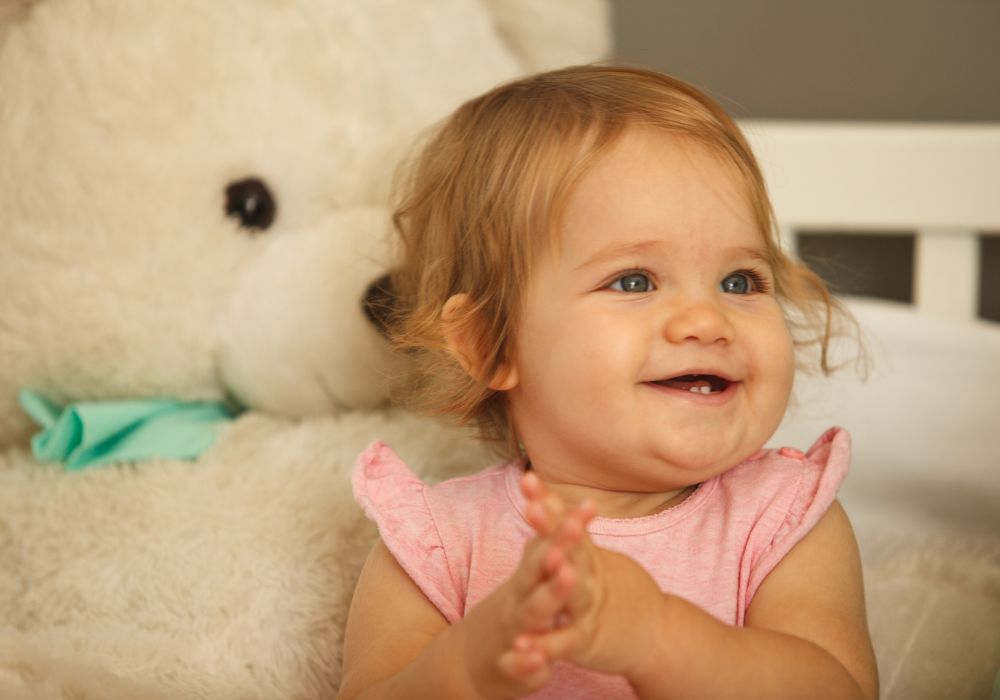
While the standard timeline provides helpful guidance, many variables contribute to when an individual baby gets their first tooth and the pace at which teething progresses:
Genetic factors
- Family history is one of the strongest predictors of teething patterns. Babies often follow similar early or late teething schedules as siblings and parents.
- Gender plays a slight role. On average, girls get their first tooth 1-2 months earlier than boys.
- Ethnic background can influence teething timing. For example, African American infants tend to erupt teeth sooner than Caucasians. Hispanic babies teethe faster than both groups.
Prenatal environment
- Premature birth or low birth weight is associated with delayed teething.
- Maternal smoking, drug/alcohol use, illness or malnutrition during pregnancy may also affect dental development.
Postnatal factors
- Infant’s nutritional status: deficiencies, especially in calcium and vitamins C and D, can impair tooth formation.
- Feeding method: exclusively breastfed babies may teethe up to 2 months later than formula-fed infants.
- Childhood illnesses or chronic health conditions could delay eruption.
- Hormonal signals, immune system maturity, and other complex biology regulate growth pace.
Individual variation
- Every child has their own biologically programmed clock. Comparing to averages often causes unnecessary concern.
- Some babies are born with natal teeth, while others have delayed formation of enamel or dentin.
Focusing too much on ideal teething timelines can frustrate parents. Tracking your baby’s unique patterns is more constructive than comparing to averages.
What are the signs and symptoms of teething?
Growing teeth cause significant discomfort, so teething babies exhibit both physical and behavioral changes:
Irritability and crying - Teeth exerting pressure on the gums can cause fussiness and crying spells. Babies may act clingier and desire extra comforting.
Biting and chewing - Babies explore objects obsessively with their mouths and love chewing or biting things to massage sore gums.
Excessive drooling - As blood circulation to the gums increases, saliva production also amplifies. Ounces of drool per day is normal when teething.
Swollen, inflamed gums - The gums redden, swell, and feel sensitive in the areas where new teeth are emerging under the surface.
Decreased appetite - Discomfort while nursing or eating solid foods often decreases appetite. Babies may eat less and wean early.
Rashes around the mouth - Constant moisture from increased drooling can cause chapping, irritation, and rashes on the lips, cheeks, and chin.
Ear rubbing or cheek pulling - Babies instinctively rub their ear or cheek if teething pain travels along the nerves to those areas.
Sleep disruptions - Discomfort makes falling and staying asleep more difficult. Night wakings become more frequent.
Increased biting and sucking - Babies find relief from counterpressure by aggressively sucking or biting on fingers, toys, and teething rings.
Loose stools - Metabolism changes and swallowed saliva may cause looser stools than normal in teething infants.
While every baby expresses discomfort differently, monitoring symptoms helps identify periods of active teething. However, other illnesses can cause similar symptoms, so see your pediatrician if anything seems unusual.
Teething relief tips and remedies
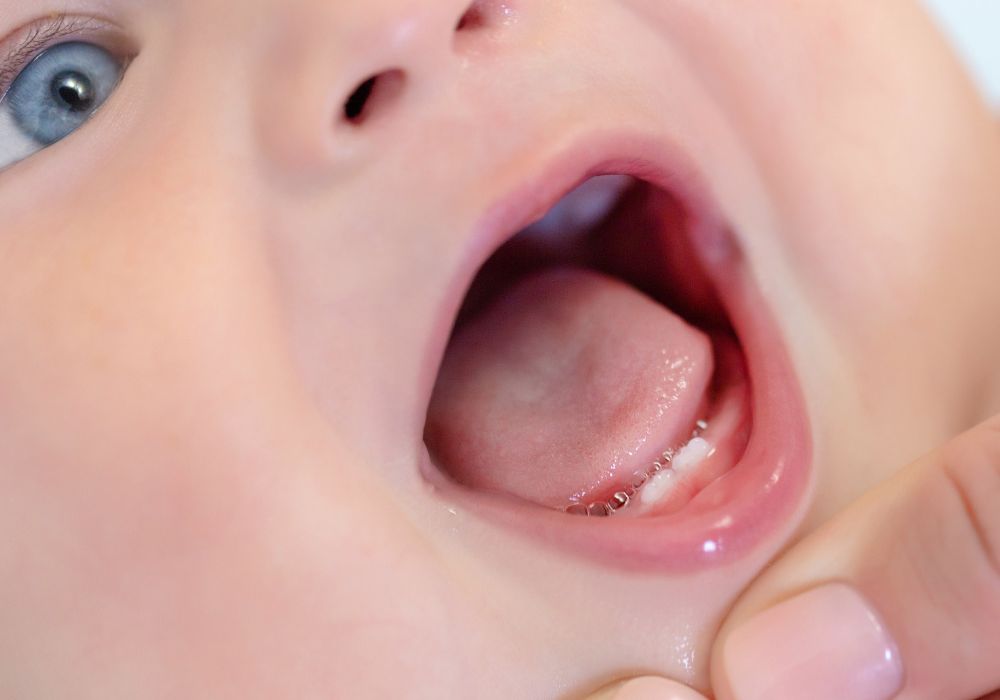
Seeing their little one in pain from emerging teeth is distressing for parents. Fortunately, there are many simple natural remedies and techniques to ease a teething baby’s discomfort:
- Cooling and pressure. Give refrigerated (not frozen) teething toys or wet washcloths to chew and suck on. The cold temperature and counterpressure provide instant pain relief.
- Gum massage. Use a clean finger or soft cloth to gently rub swollen, tender gums. Apply light pressure before and after feeding times when gums feel most uncomfortable. The stimulation increases blood flow.
- Pain relief medication. For significant fussiness, consult your pediatrician about using child-safe over-the-counter pain relievers like acetaminophen or ibuprofen. Never use homeopathic pain gels on gums without medical approval.
- Chilled foods. Slightly chilled (not icy) solid foods like applesauce, yogurt, and pureed veggies help numb pain. Soft, cold foods are also easier to chew with tender gums.
- Increase fluid intake. Extra breastmilk or formula can help with hydration, provide nutrition if appetite decreases, and rinse away excess saliva. Cool water also eases dry, irritated mouths.
- Distraction. Redirecting your baby’s focus can minimize teething distress. Play happy music, read stories, sing songs, or engage in tummy time play. Even going outside can provide a change of scenery.
- Gently clean gums and new teeth. Use a soft baby toothbrush or damp washcloth once teeth emerge to clear away plaque and food debris. This promotes healthy gums.
- Avoid teething gels. The FDA warns against using topical numbing gels or ointments without medical guidance due to the risk of dangerous side effects in babies.
With patience and attentive care, you can help make teething as comfortable as possible. Always consult your pediatrician if your little one has trouble managing pain or other concerning symptoms arise.
Potential teething complications and issues to watch for
While teething is a normal process, some babies experience difficulties that require medical management:
Delayed eruption
Primary teeth that haven’t erupted by 18 months warrant evaluation. Late eruption may involve:
- Impaction - tooth trapped under gums
- Ankylosis - fused tooth root
- Oligodontia - missing teeth buds
- Structural defects in enamel or dentin that prevent emergence.
Defective tooth structure
Poorly calcified enamel and dentin can cause defects in the teeth. Pits, grooves, or crumbling structure may result. Factors include genetics, vitamin deficiencies, illness, or trauma.
Eruption cyst
A bluish raised lump on the gums over an emerging tooth may indicate an eruption cyst. This fluid-filled sac usually pops on its own. If persistent, surgical opening may be required.
Gum infection
Constant moisture and swollen gums create ripe conditions for bacterial overgrowth. Signs of infection include pain, foul breath, fever, diarrhea, and lymph node swelling. Antibiotics are needed to clear infection.
Ulcerative gingivitis
Painful gum sores, bleeding, and foul breath characterize this aggressive gum infection requiring prescription medication. Left untreated, the disease can spread.
Consult your pediatrician promptly if dental complications arise during teething. Early intervention helps get development back on track. Regular dental checkups are also crucial.
At what age should a child first see a pediatric dentist?
The American Academy of Pediatric Dentistry advises scheduling a child’s first dental visit by age 1, or within 6 months of the first tooth erupting.
This introductory dental visit allows the pediatric dentist to:
- Check for cavities, gum disease, and other oral health problems
- Assess eruption patterns and future teeth alignment
- Evaluate jaw and palate development
- Clean and apply preventive fluoride treatments to emerging teeth
- Demonstrate proper oral hygiene techniques
- Discuss teething needs, pacifier use, diet, and habits
- Identify any orthodontic problems like misaligned jaws early on
Annual exams help instill a foundation of excellent dental health through the formative years when habits develop. Early intervention also saves time, money, and painful problems down the road!
When do baby teeth fall out for permanent teeth?
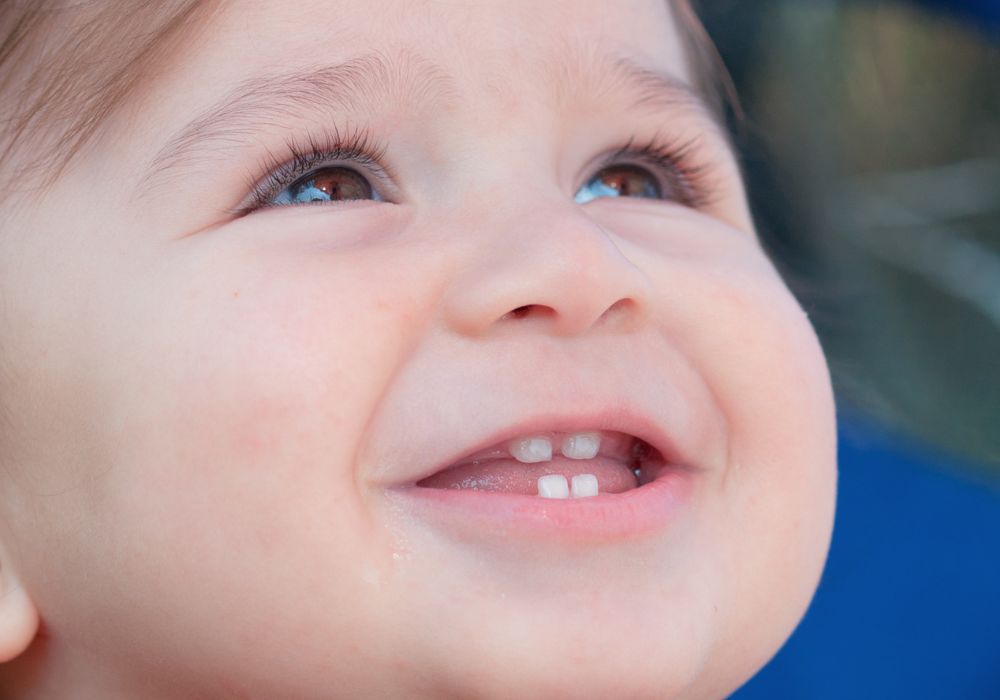
Baby teeth are gradually replaced by permanent teeth between ages 6-12 years, although eruption order varies. The eruption of permanent molars doesn’t correspond with baby molar loss.
Here are the average ages when primary teeth loosen and fall out:
Age 6-7 years
- Bottom central incisors
- Upper central incisors
- Upper and lower first molars
Age 7-9 years
- Lateral incisors
- First bicuspids (premolars)
- Lower second molars
Age 9-12 years
- Canines
- Second bicuspids
- Upper second molars
This childhood phase mixed with loose wiggly teeth and new permanent teeth erupting can be challenging to navigate. Maintaining diligent oral hygiene and avoiding sticky sweets helps prevent problems during this transition.
What long-term effects arise from early loss of primary teeth?
Baby teeth play the all-important role of holding needed space in the jaw for permanent teeth to align properly. When primary teeth are lost prematurely due to decay, trauma, or other causes, surrounding teeth may shift and impede permanent teeth from erupting into the right position.
Potential problems include:
- Crowding - Permanent teeth become overlapped and crowded due to inadequate space.
- Impaction - Permanent teeth become stuck underneath the gums.
- Misalignment - Upper and lower jaws no longer meet properly.
- Speech difficulties - Misplaced teeth affect articulation and phonetic sounds.
- Breathing impairment - Jaws and sinuses don’t develop fully.
- Impacted wisdom teeth - Partially erupted wisdom teeth become problematic.
- Esthetic and functional issues - Smile appearance and facial profile changes detrimentally.
Maintaining the integrity of primary teeth through preventive dental care provides proper spacing and alignment as adult teeth develop. Pediatric dentists have options to help avoid most orthodontic problems.
What is the best way to clean emerging baby teeth?

Once baby teeth start protruding through the gums around 6 months old, parents should begin gently wiping them with a clean, damp cloth or gauze pad after feedings. This removes debris and plaque buildup.
As more teeth erupt, introduce an infant-sized, extra-soft toothbrush. Use a smear of fluoride toothpaste starting from age 2. Brush teeth delicately twice per day using small circles to clean all surfaces without damaging tender gums. Having kids practice brushing on a favorite stuffed animal first helps make it fun.
Creating a positive, habit-forming routine and teaching kids to brush independently establishes skills that last a lifetime. Pediatric dentists also recommend flossing between tight teeth starting at age 2. Regular dental visits enforce good home hygiene.
What is the best diet for healthy baby teeth?
A balanced diet rich in tooth-strengthening vitamins and minerals during infancy and childhood promotes healthy dental development and avoidance of cavities.
Pediatricians emphasize these tooth-friendly dietary habits:
- Breastfeed exclusively if possible during the first 6 months, then continue breastfeeding supplemented with solids up to 12 months. Human milk supports infant jaw and tooth formation.
- Switch to a cup by 12 months; avoid sippy cups after 18 months. Prolonged bottle feeding and constant sipping on sugary drinks cause severe Early Childhood Caries.
- Offer a wide variety of soft vegetables, proteins, whole grains, yogurt, cheese curds, and fruits. Getting used to many textures and flavors prevents picky eating.
- Choose healthy snacks like softened veggies, unsweetened yogurt, cottage cheese, avocado chunks, scrambled eggs, bananas, strawberries, and nut butters spread thinly on crackers.
- Avoid or strictly limit sugary treats. Bacteria immediately use sugar to produce acids that erode enamel.
- Drink fluoridated water and avoid juice or other acidic drinks in bottles and sippy cups.
Instilling low-sugar eating habits fortified with tooth-strengthening dairy, leafy greens, protein, and vitamins gives children the best advantage for avoiding dental issues.
Frequently Asked Questions About Baby Teeth Eruption
At what age do babies typically get their first tooth?
While every baby develops on their own schedule, the first tooth generally emerges around 6-10 months old. Early teether babies can sprout a pearly white as young as 3 months old.
How can I relieve teething pain safely?
Chilled rubber teething toys, cool wet washcloths, gentle gum massages, and acetaminophen provide soothing relief. Always follow dosing instructions carefully. Avoid numbing gels.
Do teething babies get diarrhea and fevers?
It’s common for teething to cause fussy mood, mild drooling and perhaps looser stools. However fever over 100°F or excessive diarrhea/vomiting signals an illness rather than teething.
When should I take my child to a pediatric dentist?
The American Academy of Pediatric Dentistry advises scheduling a first dental visit by 12 months old or within 6 months of the first tooth coming in to start preventive care and monitor teeth alignment.
Can bad baby teeth cause crooked permanent teeth?
Yes, premature loss of primary teeth due to decay or trauma removes the space holders for permanent teeth. This allows surrounding teeth to shift and may cause misalignments requiring orthodontic treatment.
